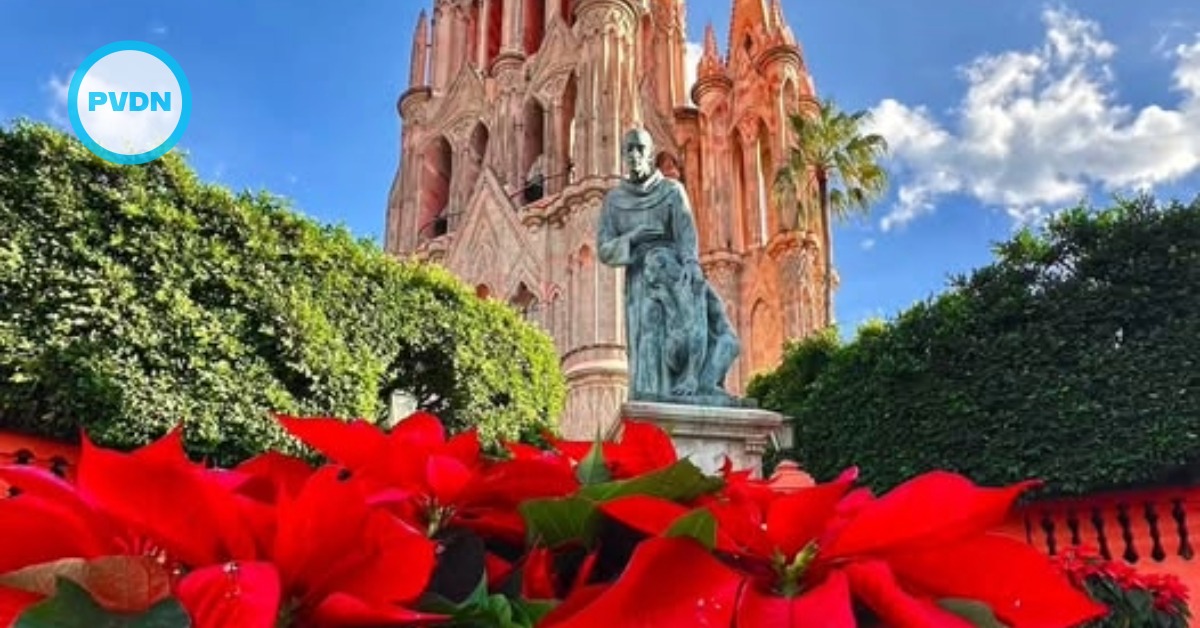The history of Mexican food is a diverse history believed to have started as far back as the Mayan Indians.
The Mayans were nomadic hunters and gathers of food. Tortillas with a bean paste were a common meal, much like refried beans of today. Of course they were also hunters to include wild game and fish to their diet.
During the rise of the Aztec Empire in the thirteenth century, chili, honey, salt, and even the earliest use of chocolate in food found its way into the cuisine.
Even though the stables of today's Mexican cuisine can be traced . . .





